
UNESCO World Heritage Sites in India: There are several UNESCO World Heritage sites in India to interest your curiosity, whether you’re an adventurer, a culture nerd, or a nature lover. India is home to the sixth-highest number of UNESCO-designated World Heritage sites, which include both man-made and natural wonders. These locations are of great cultural importance and showcase India’s glorious past through carvings, sculptures, domes, and artwork.
You can visit these locations when traveling in India. There are now 38 UNESCO World Heritage sites in existence. We’ve prepared a list of the top 10 UNESCO World Heritage Sites in India because there are so many to choose from.
Top 10 UNESCO World Heritage Sites in India
1. Nalanda University, Bihar

Since the beginning of the 17th century BCE, the Buddhist monastery known as Nalanda University has stood proudly. Its main purpose was to encourage the study of Vedic knowledge. When the Indian Gupta Dynasty ruled, this location was at its height of prosperity. Antique coins, books, Buddha statues, texts describing Nalanda’s history, and texts on stupas are all on display in the Nalanda museum. On your upcoming vacation to Bihar, you wouldn’t want to miss out on this.
2. Sundarbans, West Bengal

The Royal Bengal Tiger is the main draw of the Sunderbans, which are in South Bengal. Swampy tracts of land with a profusion of mangrove plants have developed as a result of the Ganga-Brahmaputra delta. The Sunderbans Wildlife Sanctuary and Sundari tree are the two most well-known attractions for travelers. There are several animals in this area, including deer, wild boar, jackals, crocodiles, and flying foxes.
3. Kaziranga National Park, Assam

The splendor of this location has always mesmerized writers and authors. It is well known that Kaziranga National Park is home to 1651 adult rhinos. This location is a must-visit for travelers from all over the world due to its towering elephant grass, deep woodlands, and water features.
4. Red Fort, Delhi
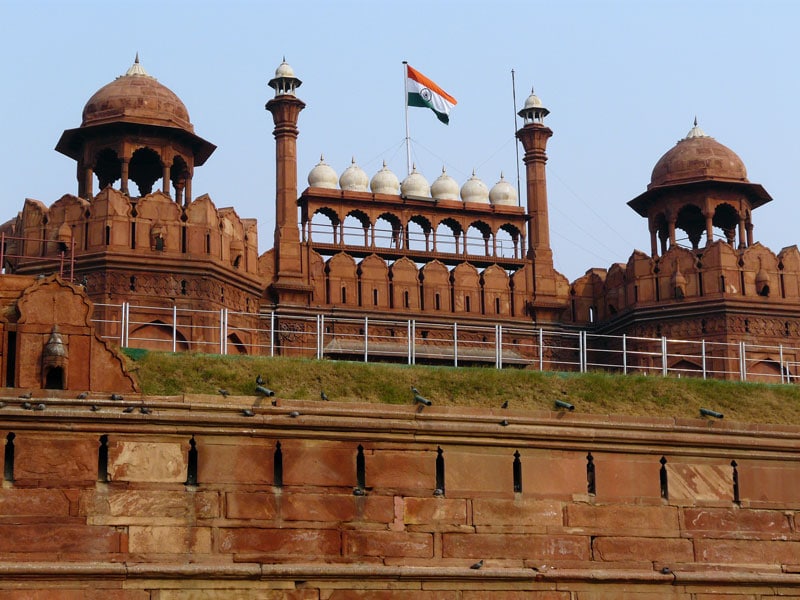
The Red Fort is among India’s most significant architectural works. Shah Jahan, the Mughal emperor, built it during his rule. There are many museums in this red sandstone fort. Every year on August 15th, the Prime Minister addresses the country from the Red Fort while hoisting the Indian flag at the entrance.
5. Sanchi Stupa, Madhya Pradesh

The Sanchi Stupa, which was constructed by Emperor Ashoka and is thought to be the oldest stone building in India, contains Buddha relics. It has numerous ancient Buddhist inscriptions as well as a lovely Buddha statue right at the main gate’s entry.
6. Konark Sun Temple, Orissa
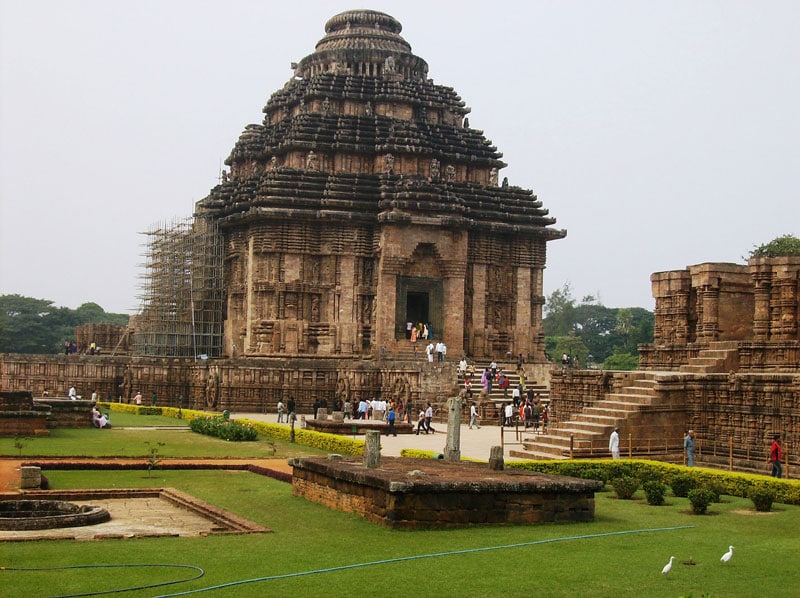
The Konark Sun Temple was created to honor Surya, the Sun God, as its name suggests. The use of iron in the pillar construction of this temple is one of its most distinctive features. Additionally, this temple has at various points been included in lists of the seven wonders of India.
7. Elephanta Caves, Maharashtra
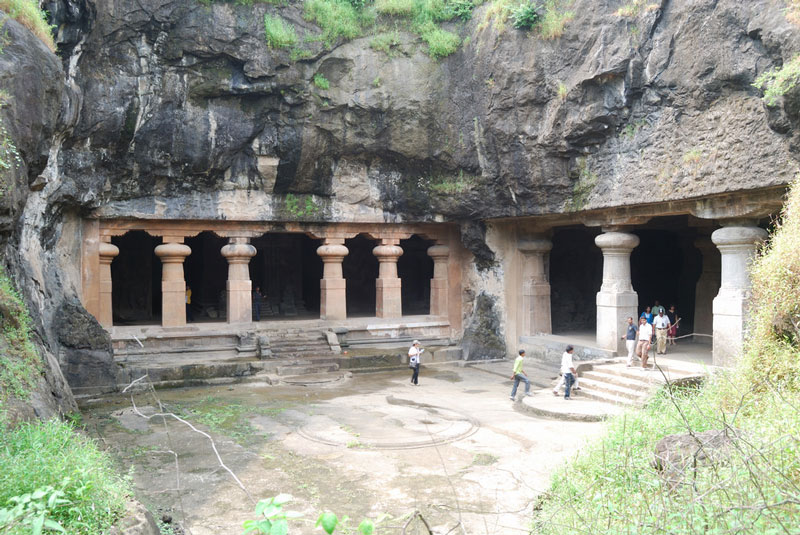
In Maharashtra, the rock-cut style of architecture is a popular tourist destination. These caverns are devoted to Shiva and other Hindu and Buddhist deities. In India, the Elephanta caves, which were carved out of solid basalt rock, are sometimes cited as an example of brilliant human architecture.
8. Mahabalipuram, Tamil Nadu

Chariots, temples, and rock reliefs are among the buildings in Mahabalipuram. The city was created by the Pallavas, and it has long functioned as a seaport.
9. Hampi, Karnataka
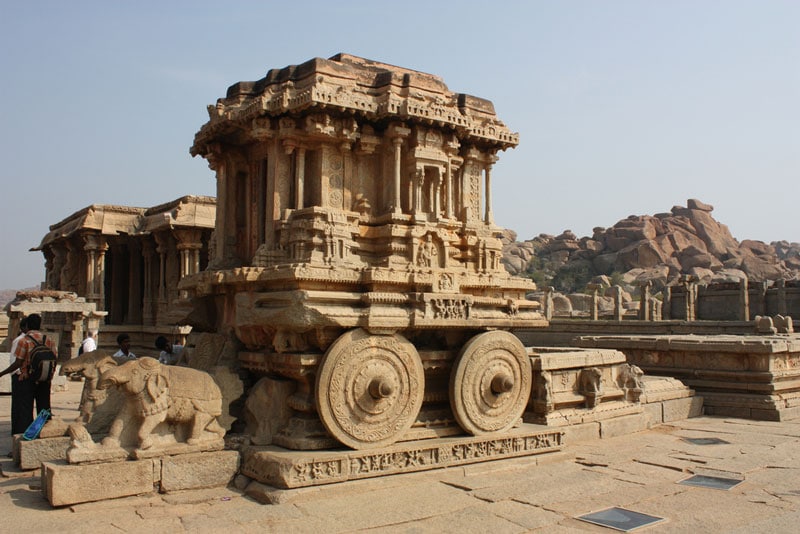
If I told you that Hampi was the most popular tourist destination in Karnataka on Google, you wouldn’t be shocked. When it was at its pinnacle, it was one of the richest and most prosperous countries. There are numerous temples, notably the Virupaksha temple, which attracts tourists from all across the nation.
10. Rani Ki Vav, Gujarat
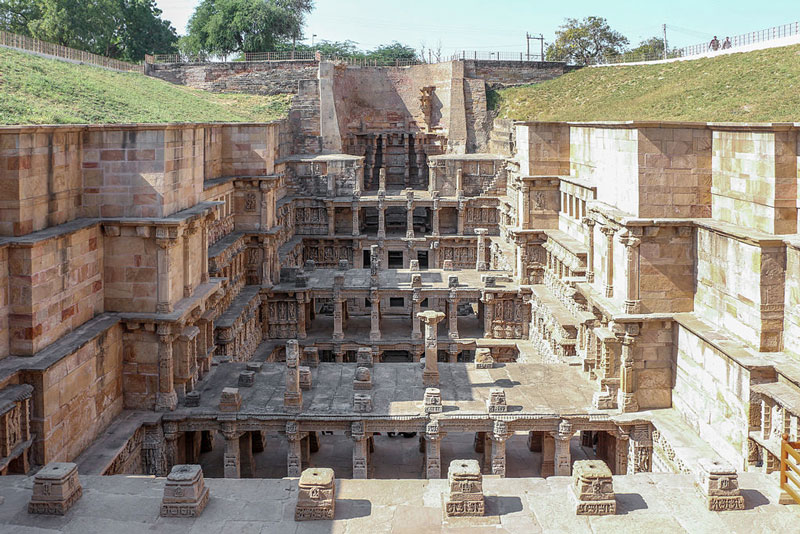
Built during the Chalukya dynasty in India, Rani ki Vav is renowned for its 500 statues and several stairways. Additionally, INDOSAN named it the “Cleanest Iconic Place” in 2016.






